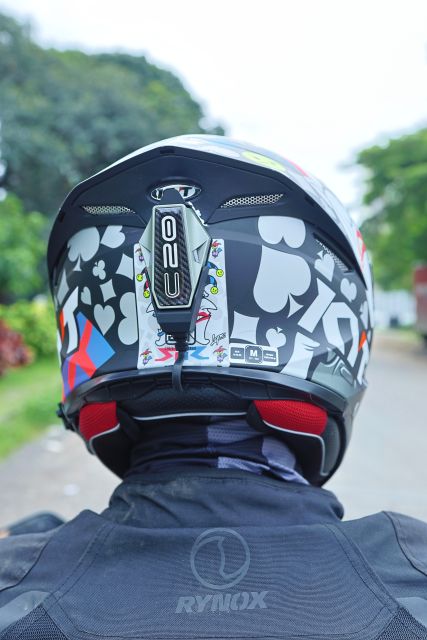
The BluArmor C20 is BluArmor’s latest and most affordable offering. We’ve been using it for the past few weeks and here are our thoughts on this system so far.
[Read more…] about BluArmor C20 Mesh Intercom System ReviewBest Bikes in India | No.1 Two Wheeler Magazine

The BluArmor C20 is BluArmor’s latest and most affordable offering. We’ve been using it for the past few weeks and here are our thoughts on this system so far.
[Read more…] about BluArmor C20 Mesh Intercom System Review
We rode the BGauss RUV350 Max on public roads and some aspects of this electric
scooter surprised us
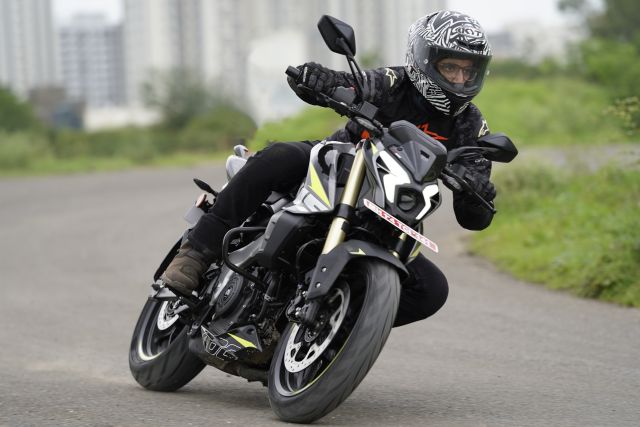
The flagship Pulsar has received some essential upgrades with the objective of making it a better performer. We saddled up to see what’s what.
[Read more…] about Bajaj Pulsar NS400Z 2025 First Ride Review – Performance BoostIn our opinion, this Ducati allows one to use “Supersport” and “practical” in the same sentence.
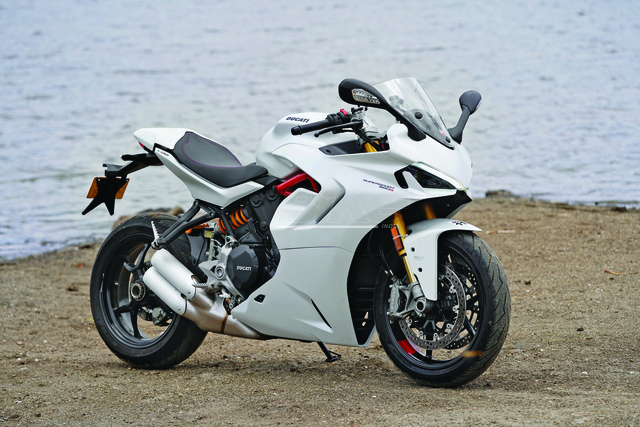
Hot on the heels of their King of the Bagger racing success, Indian Motorcycle produce the stunning Chieftain, using the big 112 PowerPlus motor. Here is our first impression following a ride in Nevada.
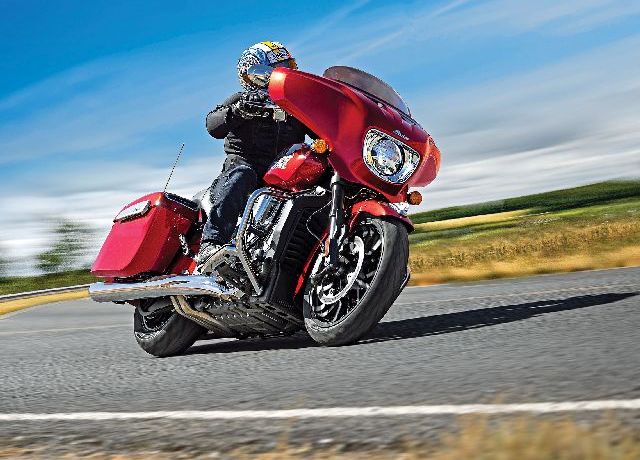
Story: Adam Child ‘Chad’
Photography: Indian Motorcycle and Motocom
We expect BMW to deploy World Superbike technology in their road bikes and we expect MotoGP-inspired aerodynamics to appear on Ducati’s street legal Panigales. But when it comes to the bagger and cruiser market, we certainly do not associate racing with such laid-back road bikes. Until now, that is.
Things changed when the King of the Bagger series was introduced in the United States of America in 2020. Racing big and heavy V-twins designed and equipped for a two-up cruise into the country was a crazy, counter-intuitive idea, but the wild spectacle the racing provided proved a massive hit with the American public—and viewing figures skyrocketed.
Indian Motorcycle have been at the forefront, taking three championships in 2020, 2022, and 2024, and, despite the company’s focus on cruisers, tourers, and baggers, we should not really be surprised. Indian have recently dominated flat-track racing in the USA with the FTR, while the history books are filled both with racing success and land speed records, most notably Burt Munro’s 184 mph (296 km/h), set in 1967 on a 1920 Indian Scout Streamliner.
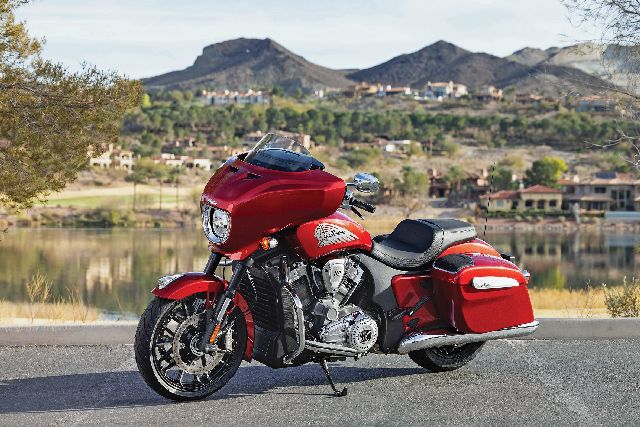
The engine that has taken Indian to recent success in bagger racing is the water-cooled PowerPlus 112, a single overhead cam V-twin with a capacity of 112 cubic inches (or 1,834 cubic centimetres) that churns out 126 hp and a gargantuan 181.4 Nm of torque. The 112 can now be found in the all-new Chieftain PowerPlus, which we have on test, and its larger sibling, the Roadmaster PowerPlus, which is essentially a Chieftain but fully dressed, with a top box and back-rest.
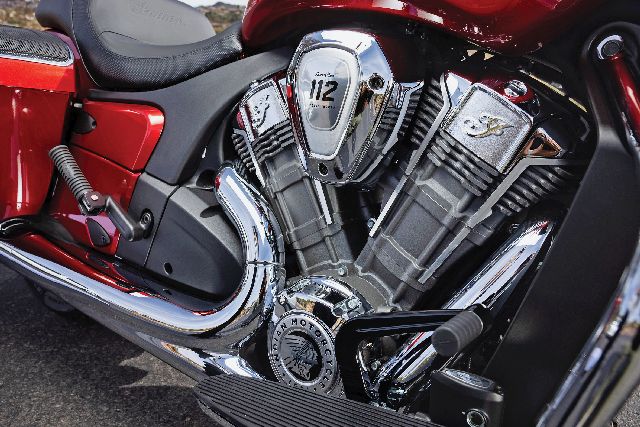
We also had the opportunity to ride the new Challenger, which again uses the same chassis, engine, and technology as the Chieftain, but has a larger chassis-mounted fairing, as opposed to the fork-mounted fairing on the Chieftain.
But it is not just about the new class-leading motor. Indian have introduced technology we would normally only associate with sport bikes, such as a six-axis IMU, which facilitates the introduction of lean-sensitive rider aids. There are also three riding modes, linked braking, hill hold control, and even a rear-mounted radar for tailgate warning, collision warning, and blind spot warning. Add a keyless ride, remote locking for the bags, USB charging sockets, cruise control, a large touchscreen 7.0-inch dash, an electric screen, rear cylinder deactivation to aid engine heat management, plus the mandatory audio system and you can see that the Chieftain is embracing 21st century technology in a way not seen on a bagger before.
With its unique styling, sporty new motor, and feast of technology, we needed a full day in the saddle to put the new Indian to the test. Fortunately, Indian had the perfect backdrop: the Nevada desert outside Las Vegas. If the Chieftain was going to succeed anywhere, it would be here.
Let me be honest: the last big American cruiser I rode was the Indian Challenger race bike in the summer of 2023. It was a 290-km/h, hand-built replica of the bike that took the King of the Bagger Championship in 2022 in the hands of Tyler O’Hara. It has also been a while since I have ridden an American bagger on the road, although I have recently sampled the European equivalent, BMW’s R 18 Roctane. But one thing I know for sure is that certain bikes fit certain styles and environments and here in Nevada, just outside Vegas, and glistening in the early morning sunlight, the all-new Indian Chieftain looked stunning. It is a truly jaw-dropping motorcycle.
Indian now produce two liquid-cooled bikes with the new 112 motor: the Chieftain and the Challenger. For 2025, both share key components—engine, chassis, and electronics, et cetera—the main difference being the style and fairing. The Chieftain has the bagger-defining twin-mounted panniers—or bags—and a smaller fork-mounted and classic-looking fairing, while the Challenger’s larger fairing is frame-mounted and more modern in look.
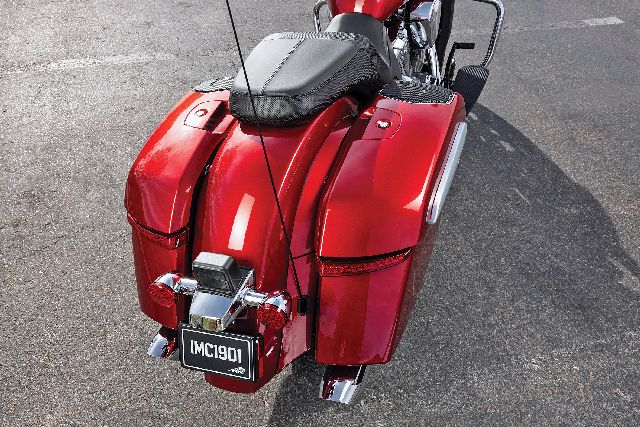
In terms of garage appeal, I prefer the Chieftain, especially in this stunning red paint. The level of finish is exceptionally high and a sense of quality only increases when you throw a leg over the low (672 mm) seat. The switchgear is well thought out, with cruise and screen control on the right ’bar, screen navigation on the left. The 7.0-inch full-colour touchscreen dominates the handlebar-mounted fairing with a pleasing-to-the-eye analogue speed and rev counter on either side.
Standing in the parking lot, big V-twin purring away, I was a little overawed. Not by the enormous weight (366 kg, dry), which is positioned manageably low in the chassis, but more by the huge amount of information and data at hand, including full touchscreen navigation. Once we got rolling, though, and were cruising steadily into the traffic-free desert, it all became second nature. Within 15 minutes of riding, I had saved two radio stations (Radio X and Best of Country), the electric screen was fully upright, I was in the middle riding mode of three (Sport, Standard, and Wet), and had played around with the integrated sat-nav. That touchscreen is intuitive to use, while four large buttons and one single button are simple shortcuts to make life even easier.
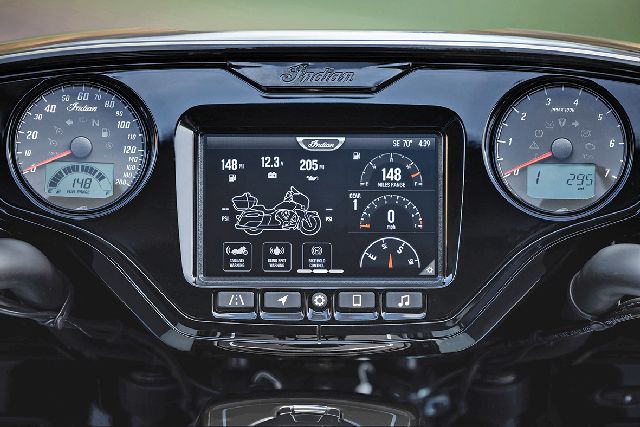
Other manufacturers could take a lesson from Indian here: the Chieftain has one of the most informative and easy-to-use displays I have used. A lot is going on—you can change the stereo settings, turn on and deactivate the rear collision warning, even switch off the traction control on the move—but it is all doable without too much thought or risk of becoming distracted. Admittedly, we were riding in an empty desert and things might be different in the city rush hour, but 30 minutes into our ride, I was already falling in love with the Chieftain.
More on page 2 >